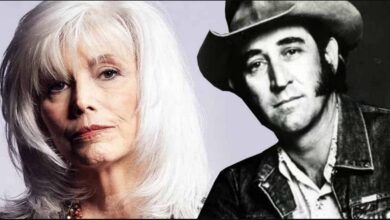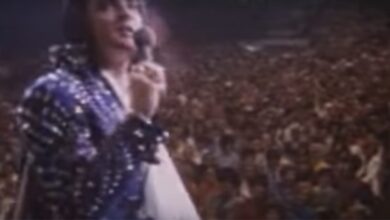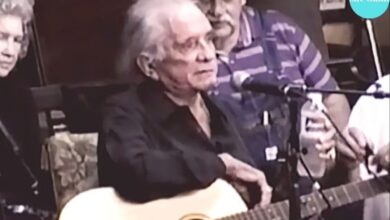This 1950s Dance Was All the Rage, Do You Remember It Today?
1950s cultural landscape. The phenomenon was not merely about the dance itself but also about the broader shift in American society towards a more liberated and expressive youth culture. “The Stroll” embodied the era’s spirit of fun, rebellion, and individualism, capturing the zeitgeist of a generation ready to embrace new forms of self-expression.
The dance’s influence extended beyond just teenage dance parties. It became a symbol of the era’s broader social changes. The popularity of “The Stroll” on television shows like “American Bandstand” played a significant role in mainstreaming the dance, making it a common feature at school dances, community gatherings, and even family events. The program, hosted by Dick Clark, was instrumental in bridging the gap between regional and national trends, showcasing the dance to millions and cementing its status as a pop culture phenomenon.
The impact of “The Stroll” was also reflected in its effect on music. The song by The Diamonds, which reached significant chart positions, was an integral part of the dance’s success. Its catchy melody and engaging rhythm provided the perfect backdrop for the dance, helping to solidify its connection to the music of the time. The Diamonds’ version of “The Stroll” not only topped the charts but also became a quintessential example of the doo-wop genre, further embedding the dance into the fabric of 1950s music culture.
The dance’s popularity continued to influence later generations. The Stroll’s simple yet engaging format inspired various other dance crazes in the years that followed, reflecting the ongoing evolution of dance and music trends. Its legacy is seen in the way it captured the essence of 1950s youth culture and its influence on subsequent dance styles.
Despite its origins in African American communities, “The Stroll” transcended racial boundaries and became a universal symbol of 1950s youth culture. It demonstrated how cultural phenomena could bridge divides and create shared experiences across diverse groups. The dance’s accessibility and universal appeal made it a beloved part of American pop culture.
In retrospect, “The Stroll” represents more than just a dance trend; it encapsulates a pivotal moment in American history. It reflects the post-war optimism, the emergence of a vibrant youth culture, and the evolving landscape of American entertainment. The dance, along with The Diamonds’ iconic song, continues to be remembered as a significant cultural touchstone, illustrating the enduring impact of music and dance on shaping social and cultural identities.
Even decades later, the legacy of “The Stroll” endures in popular culture, often referenced in nostalgic retrospectives and seen in occasional revivals. Its influence serves as a reminder of how a simple dance can capture the spirit of an era and leave a lasting imprint on cultural history. The Stroll remains a vivid example of how dance, music, and youth culture can come together to create a phenomenon that resonates across generations.





